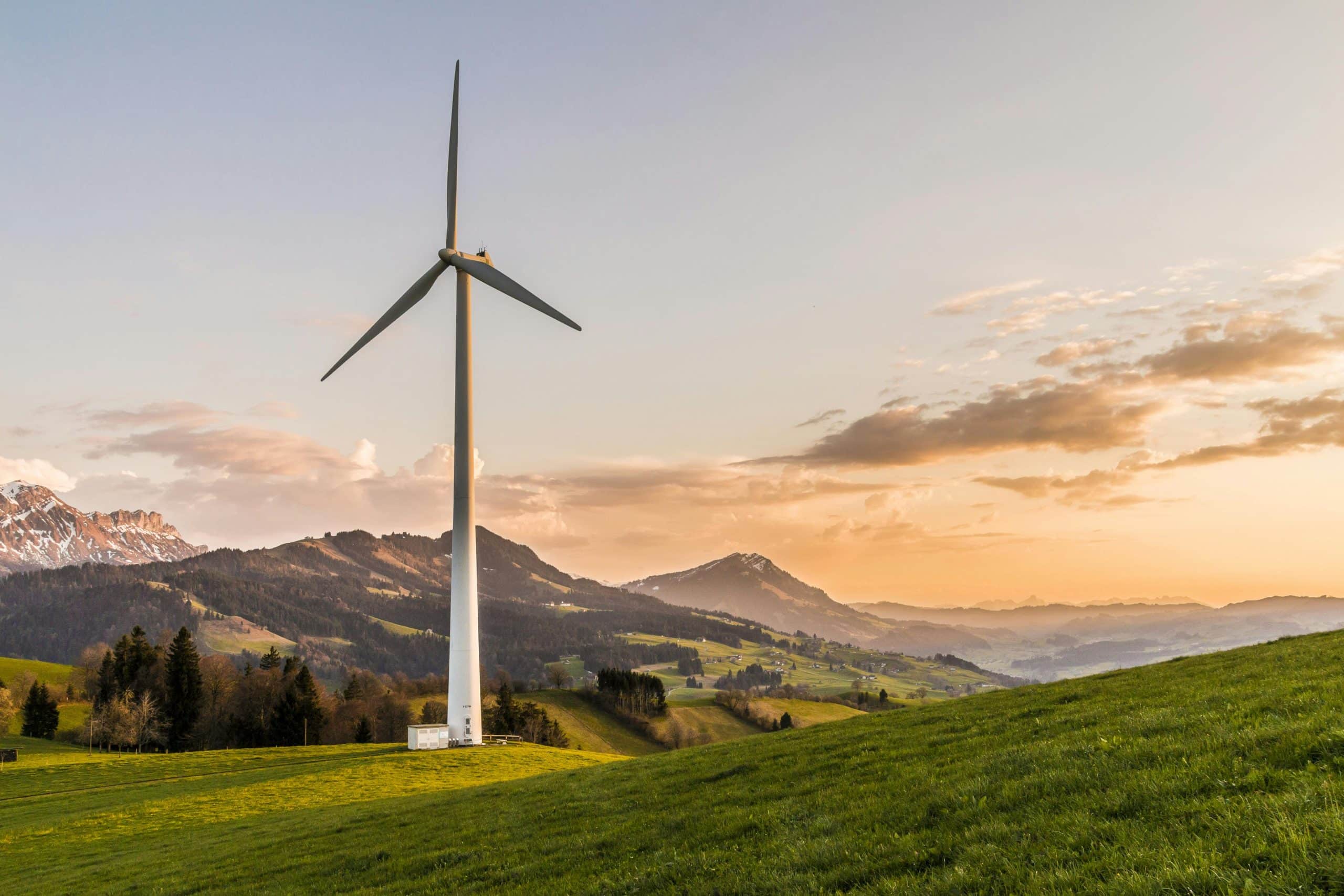How Is AI Being Used to Enhance the Efficiency of Renewable Energy Grids?

The world is experiencing a radical shift towards renewable energy. With this change comes the need for complex systems and grids to handle the distribution of power. But, as the complexity of these networks grows, so does the risk for inefficiencies and challenges. Enter the world of Artificial Intelligence (AI). With the ability to process vast amounts of data and make informed decisions in real-time, AI is proving to be a game-changer in the renewable energy sector. Let’s delve into the ways AI is being used to improve the efficiency of renewable energy grids.
The Role of AI in Predicting Energy Demand
AI is playing a pivotal role in accurately predicting energy demand, a critical factor in managing and improving the efficiency of renewable energy grids. Forecasting energy demand helps in planning for supply and avoiding energy wastage, a common issue with renewable sources.
Also to discover : What Advances Are Being Made in Soil Sensors for Precision Agriculture?
Machine learning, a subset of AI, is particularly adept at this. It uses historical data to make accurate predictions about future energy use. By analyzing patterns in weather data, time of day, and even specific events, algorithms can anticipate fluctuations in energy demand. This results in more efficient use of resources and a more reliable energy supply.
Advanced machine learning models can also learn and adapt over time, becoming more accurate in their predictions. This adaptive learning is particularly valuable in the context of renewable energy, where supply can be unpredictable due to factors such as weather conditions.
Topic to read : Can Smart Shoes with Haptic Feedback Improve Navigation for the Blind?
AI and Smart Grids
Smart grids, which use digital technology to monitor and manage the flow of energy, are the future of the energy sector. Here, AI proves to be a pivotal tool in managing these complex systems and optimizing their operation.
Smart grid systems gather vast amounts of data from multiple sources, including energy producers, consumers, and grid infrastructure. Processing this data manually would be time-consuming and prone to error. AI, however, can quickly analyze this information, identify patterns, and make real-time decisions to optimize the grid’s operation.
For instance, AI can detect and isolate faults in the grid much quicker than a human operator could, reducing downtime and improving overall grid reliability. It can also optimize the distribution of power, ensuring that energy is sent where it’s most needed, reducing waste and increasing efficiency.
The Challenge of Renewable Energy Maintenance
Renewable energy systems, like wind turbines and solar panels, require regular maintenance to ensure they continue to operate at peak efficiency. However, predicting when and what type of maintenance is needed can be a challenge. This is another area where AI can make a significant contribution.
By analyzing real-time data from these systems, AI can predict potential issues before they become serious problems. This predictive maintenance approach can reduce downtime, lower maintenance costs, and extend the lifespan of these valuable assets.
Machine learning algorithms can analyze data from sensors embedded within the energy systems, such as vibration levels in wind turbines or temperature readings from solar panels. Over time, these algorithms learn to recognize patterns that may signal a potential fault.
AI’s Role in Managing Energy Supply
In renewable energy grids, managing the supply of energy is a complex task. The variable nature of renewable energy sources, like wind and solar power, can make supply unpredictable. However, AI can help balance supply and demand more effectively, improving the overall efficiency of the grid.
AI algorithms can analyze real-time data from renewable energy sources, such as wind speeds and solar irradiance levels, to predict how much power they will produce. These predictions can then be used to balance supply with demand, reducing the risk of power shortages or excess supply.
Integrating AI into the management of renewable energy supply can also help reduce reliance on non-renewable backup power sources. This not only improves the efficiency and reliability of the grid but also helps reduce greenhouse gas emissions.
The Future is Smart and Intelligent
As we look towards the future, it’s clear that AI will play an increasingly important role in the renewable energy sector. From predicting energy demand to managing smart grids, from conducting predictive maintenance to balancing energy supply, AI is helping to enhance the efficiency of renewable energy grids.
Moreover, as AI technology continues to evolve and improve, so will its potential applications in this sector. Advanced machine learning algorithms, for example, could learn to recognize more complex patterns in energy demand or supply data, leading to even greater efficiency gains.
Ultimately, the integration of AI into renewable energy grids represents a significant step forward in our efforts to transition towards a more sustainable and efficient energy future.
The Integration of AI with Energy Storage Systems
Energy storage, a critical component of renewable energy grids, is another area that stands to significantly benefit from AI integration. Energy storage systems, like batteries, are essential for storing excess power produced by renewable energy sources for later use. The efficient management of these storage systems can greatly enhance the overall operation of the grid.
AI can be utilized to optimize the charging and discharging of these energy storage systems. Machine learning algorithms can analyze data on power generation from renewable sources, demand patterns, and even weather forecasts to determine the most efficient times to store or release energy.
For instance, if the AI algorithm predicts a high level of solar power generation, it can direct the grid to store excess energy in the battery systems. Conversely, during periods of high energy demand or low power generation, the AI can instruct the grid to discharge stored energy. This real-time decision making helps to balance the grid, ensuring a consistent power supply and minimizing energy wastage.
AI can also monitor the health and performance of the energy storage systems, leading to better maintenance practices. By analyzing data such as charge cycles, temperature, and voltage, AI can predict when maintenance is required or when a system may be nearing the end of its lifespan. This predictive maintenance can help to avoid system failures and extend the life of the energy storage systems.
The Potential of AI in Future Renewable Energy Systems
As we move further into the future, the integration of artificial intelligence in renewable energy grids is expected to advance, making the system more efficient and reliable. It’s not just about improving existing processes; AI has the potential to revolutionize the entire energy sector.
For example, machine learning algorithms could be used to optimize the placement and orientation of solar panels and wind turbines. By analyzing data on sunlight hours, wind patterns, and local geography, AI could determine the optimal location for these installations to maximize energy production.
Furthermore, AI could be used to design more efficient energy distribution networks. By analyzing data on energy consumption patterns, infrastructure, and geography, AI could predict the most efficient routes for power distribution, reducing energy loss and improving grid efficiency.
In addition, AI could enhance decision making in the renewable energy sector by providing real-time insights and predictions. This would allow operators to make informed decisions about energy management, such as when to store or release energy, when to schedule maintenance, and how to balance supply and demand.
AI could even contribute to the development of new renewable energy sources. By analyzing data on weather patterns, geographic features, and energy consumption, AI could uncover untapped energy potentials, such as geothermal energy or tidal power.
Conclusion
Artificial intelligence is revolutionizing the renewable energy sector, enhancing the efficiency and reliability of renewable energy grids. By integrating AI with energy storage systems, predicting energy demand, managing smart grids, conducting predictive maintenance, and managing energy supply, the renewable energy sector is stepping towards a more sustainable and efficient future.
As AI technology continues to evolve, its applications in the renewable energy sector will only increase. From optimizing energy storage to designing efficient power distribution networks, the potential of AI is vast. Ultimately, the integration of AI in renewable energy grids signifies a crucial step in our transition towards a cleaner, more sustainable energy future.
